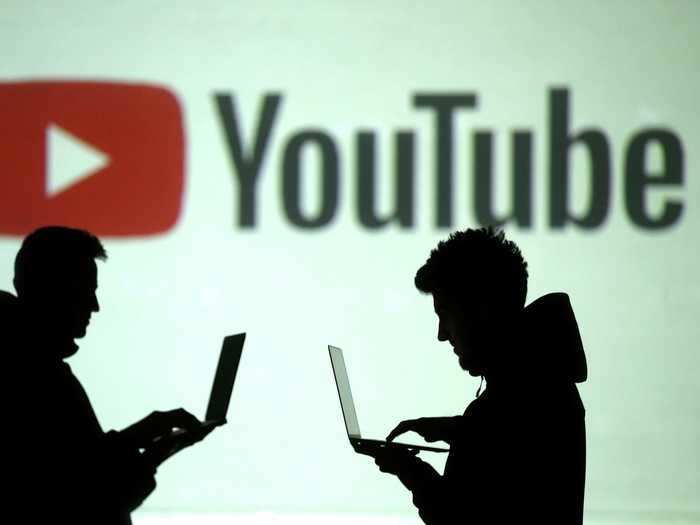YouTube is 15 years old. Here's a timeline of how YouTube was founded, its rise to video behemoth, and its biggest controversies along way
Paige Leskin

- YouTube has more than 2 billion monthly users visiting the video-sharing platform for their favorite vlogs, music videos, sports highlights, and more.
- It's been 15 years since YouTube's website launched to the public in May 2005.
- YouTube was founded earlier that year by three early PayPal employees. Since then, it's become the most popular free video-sharing platform in the world.
- Take a look at the history of YouTube, from its start as a failed video-dating website to a powerhouse platform that's launched a new generation of money-making YouTubers and influencers.
In its 15-year history, YouTube has become the undisputed king of online video.
It has over 2 billion monthly users who watch hundreds of hundreds of millions of hours of content every single day. But many people don't know how YouTube got its start.
The company rose like a rocket ship after its founding in 2005, and was bought by Google 18 months later. Under Google, YouTube went from being a repository of amateur video to a powerhouse of original content, not to mention a launching pad for its own new brand of superstar, like PewDiePie and the Smosh Brothers.
Here is how YouTube got its explosive start, and maintained that momentum to become the biggest force in online video.
Read the original article on Business InsiderLate 2004: Three early employees of e-payment startup PayPal — Chad Hurley, Steve Chen, and Jawed Karim — start working on an idea for a website for users to upload video-dating profiles. They work out of Hurley's garage in Menlo Park, California.
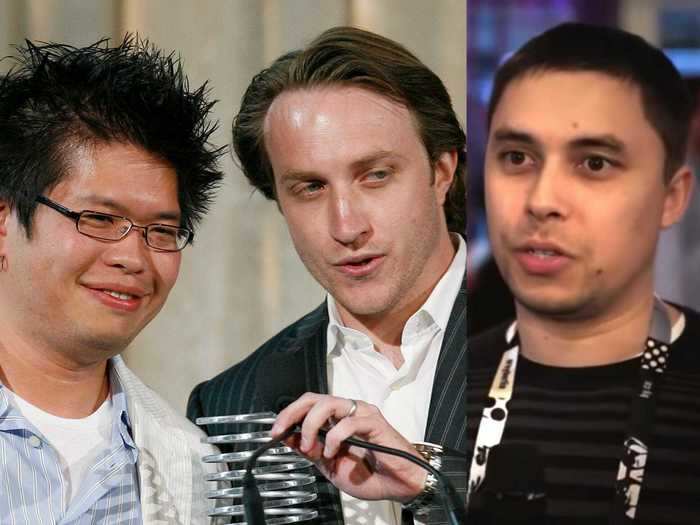
February 2005: On Valentine's Day, Hurley — as CEO — registers the trademark, logo, and domain for YouTube. The website launches to a small subset of users. However, YouTube-as-a-dating-site attracts little interest, forcing the cofounder to take out ads paying women $20 to upload dating videos. Instead, users start uploading videos of all kinds to YouTube.
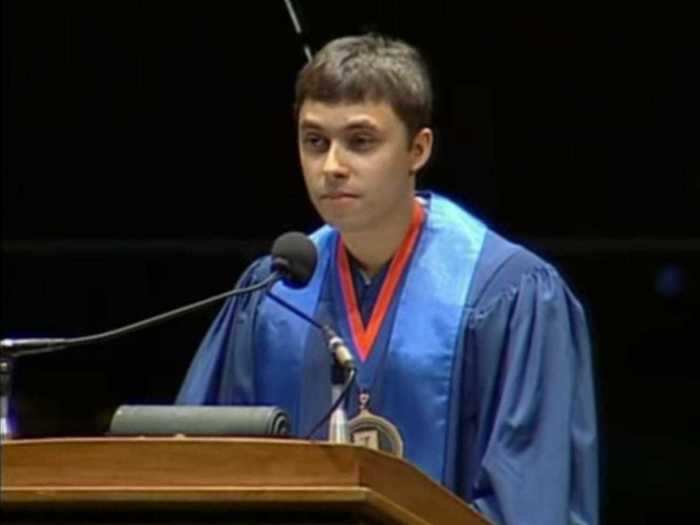
Source: Vice
April 2005: Based on the feedback, the cofounders transformed YouTube into a free video-hosting platform where each clip has a unique link. However, the story of how the cofounders got to this point is a much contested one.
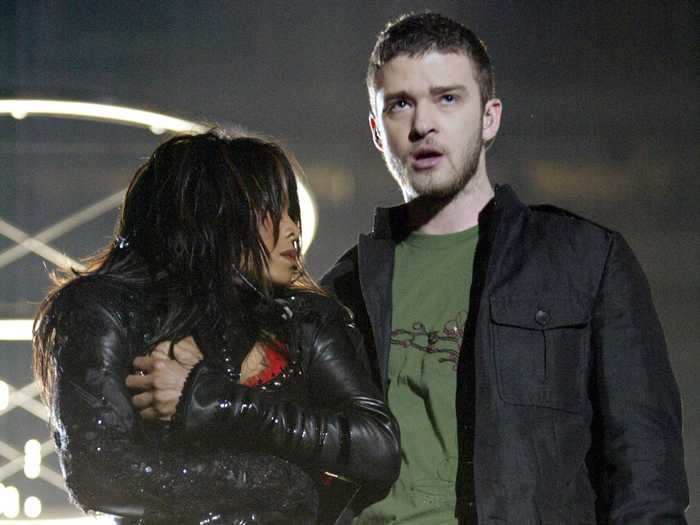
Karim has maintained the cofounders drew their inspiration from two significant events in 2004: Janet Jackson's wardrobe malfunction at the Super Bowl, and the devastating tsunami in the Indian Ocean. However, Chen and Hurley say they thought of the idea of YouTube as a place to upload videos they had taken at a party. Chen recently told Business Insider that this story was later concocted with the help of an outside PR firm, to replace YouTube's sordid dating origins.
Source: USA Today
April 2005: While YouTube is still in private beta, first video ever is uploaded to the website. The video, called "Me at the Zoo," is only 18 seconds long. It shows Karim, one of the cofounders, standing in front of elephants at the San Diego zoo and talking about their trunks.
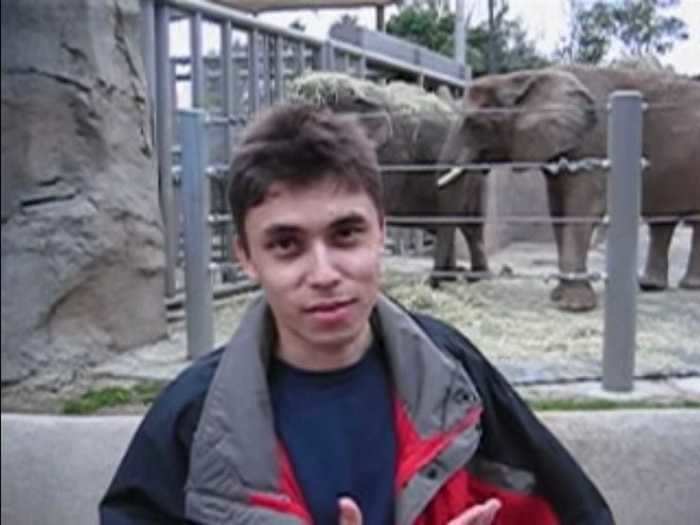
May 2005: YouTube launches its beta version to the public for the first time. As you can see, the design has changed quite a bit since then — the latest redesign to YouTube's homepage was in November 2019.
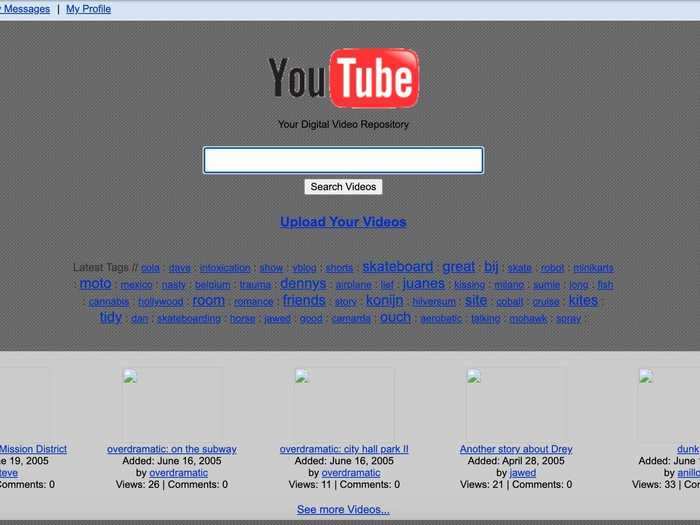
September 2005: Lauded investment firm Sequoia Capital invests $3.5 million in YouTube's Series A round. Sequoia partner Roelof Botha worked at PayPal with the cofounders, and learned about YouTube after using it to upload old wedding and honeymoon videos.
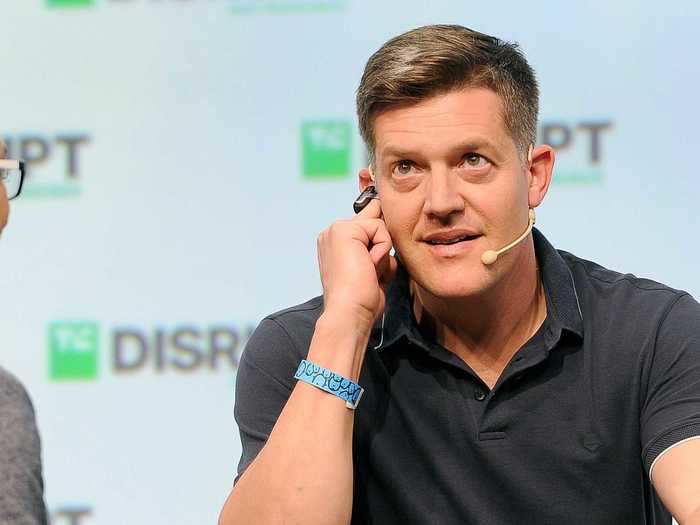
October 2005: YouTube sees a video hit 1 million views for the first time. The video is a viral Nike ad showing Brazilian soccer player Ronaldinho receiving his pair of "Golden Boots," and it demonstrates the power of YouTube's role in marketing and virality.
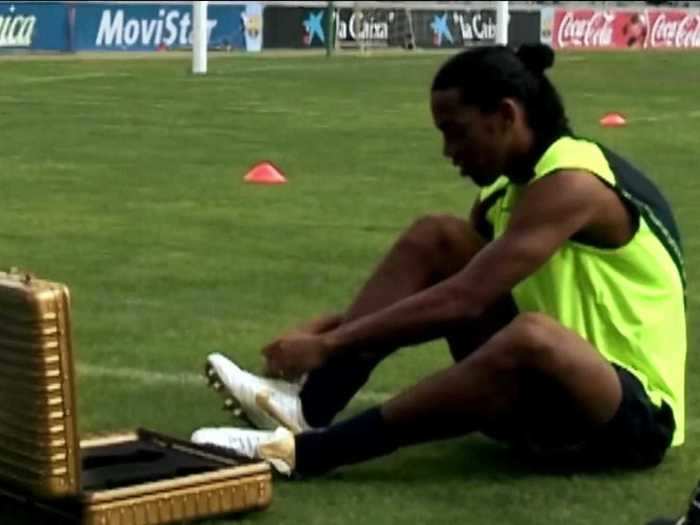
You can watch the full Nike ad here.
December 2005: YouTube officially launches out of beta, and is made available to the public. At this point, YouTube is getting 8 million views a day.
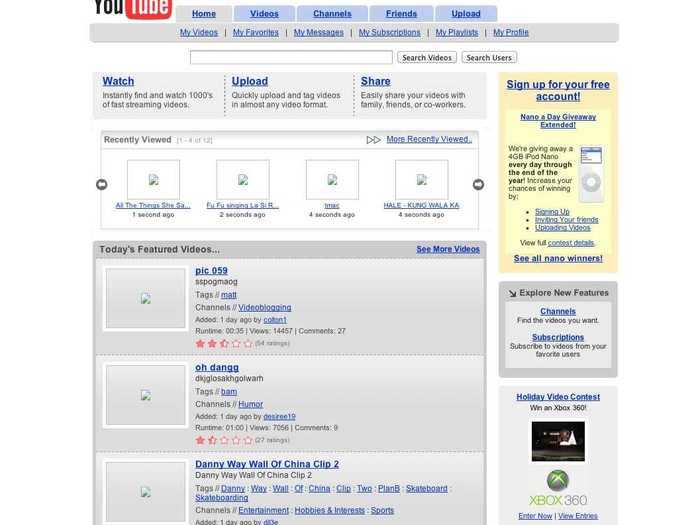
Source: New York Times, Telegraph
February 2006: After clips of the Saturday Night Live sketch "Lazy Sunday" attract millions of views on YouTube, NBC demands that a particularly viral clip is removed from the site. NBC's complaint paves the way for YouTube's "Content Verification Program," which launched in October 2007 to help content creators easily identify videos that infringe on their copyrights and get them removed.
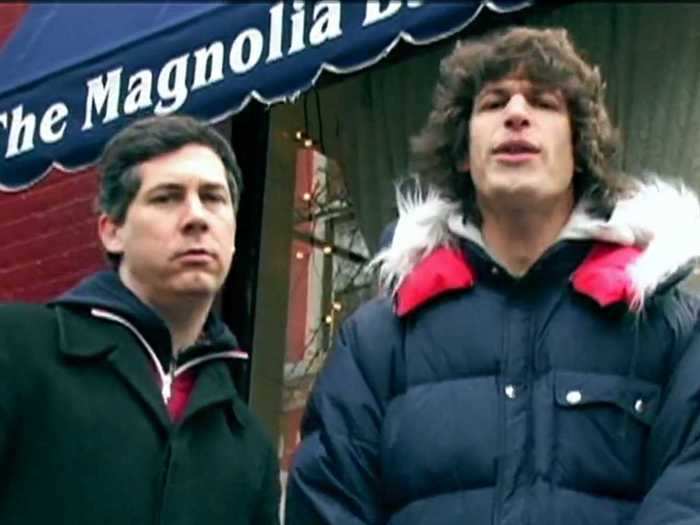
Source: New York Times
April 2006: A video is uploaded to YouTube showing two boys in China lip-synching to the Backstreet Boys. Susan Wojcicki — YouTube's current CEO, who was in charge of Google's acquisitions at the time — credits this video with convincing her that it would be worth it for Google to invest in user-generated content by purchasing YouTube.

Source: Business Insider
April 2006: Venture capital firms Sequoia Capital and Artis Capital Management invest $8 million in YouTube's Series B funding round, bringing total investment in the site to around $12 million. When YouTube is acquired months later, these firms' investments pay out massively.
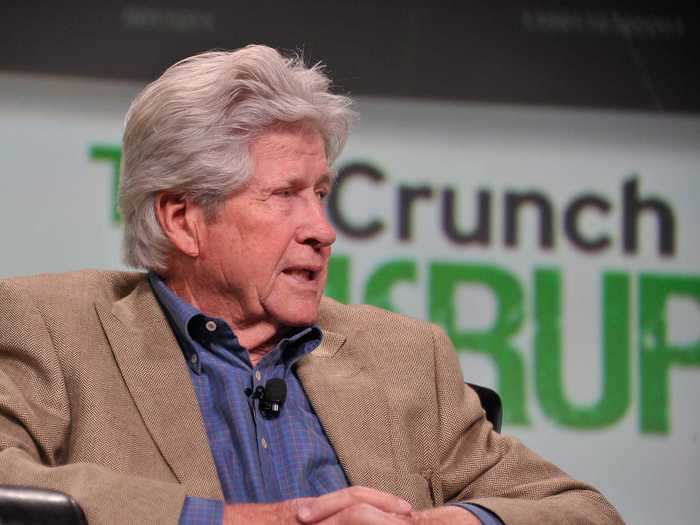
Source: New York Times
June 2006: After the initial spat over the SNL sketch just a few months before, YouTube and NBC strike a deal to help promote the network's upcoming fall TV line up. The move helps the traditional media company enter the new digital age, and marks the beginning of YouTube's several key partnerships with content providers later down the road.
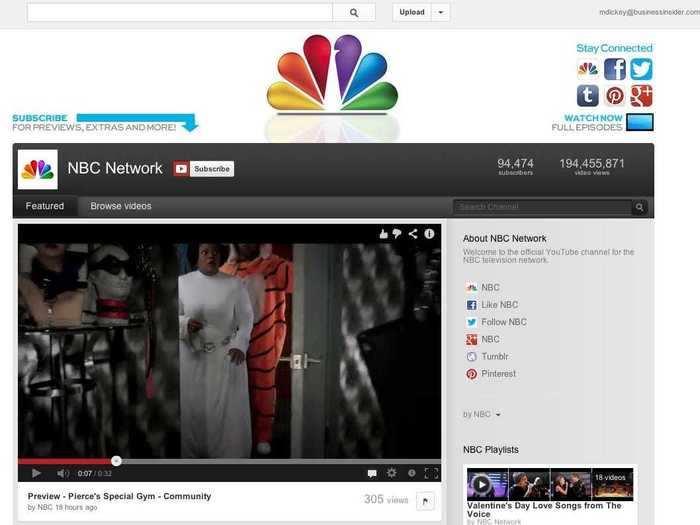
October 2006: After a back-and-forth battle between Yahoo and Google, Google acquires YouTube for $1.65 billion, netting the cofounders nearly $400 million each in profits. The same day the deal goes through, YouTube moves to its headquarters in San Bruno, California.
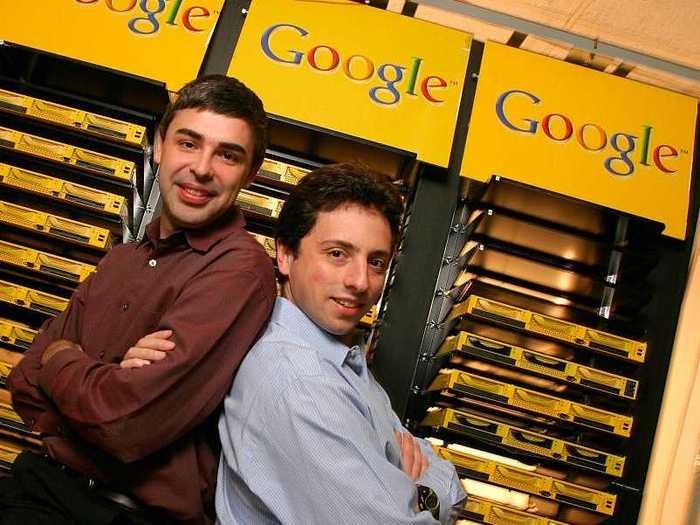
Source: ReadWrite, "The YouTube: A Full History"
May 2007: A baby named Charlie takes the world by storm. The 56-second home video of the toddler biting his brother's finger — and then smiling — is one of the earliest YouTube videos to go viral. The family revealed in 2017 the clip has raked in more than £1 million in royalties.
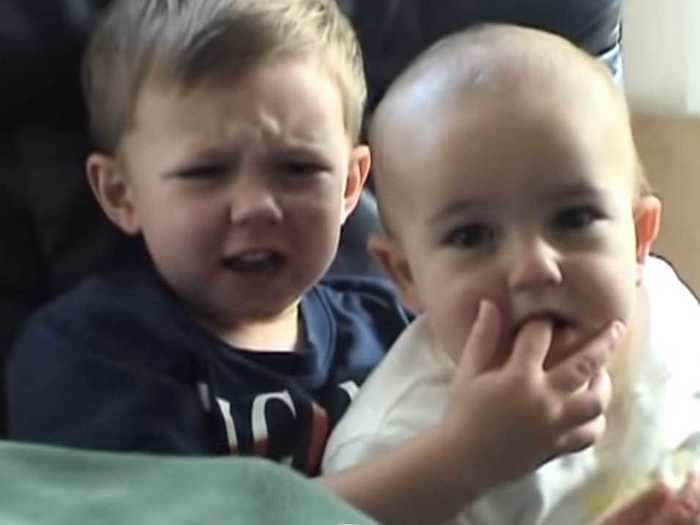
Source: The Sun
June 2007: The same month Apple launches its first iPhone model, YouTube launches its mobile site. Hurley, YouTube's CEO, predicts that mobile is "going to be a huge market," making YouTube's mobile site a "natural transition."
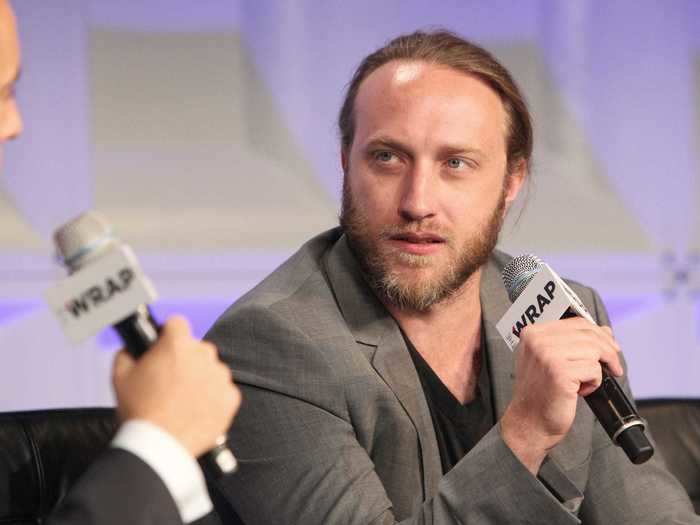
Source: Mashable
July 2007: YouTube teams up with CNN to host a presidential debate during the 2008 election cycle, featuring video questions submitted by the public. Seven out of the 16 presidential candidates in 2008 announced their campaigns via YouTube.
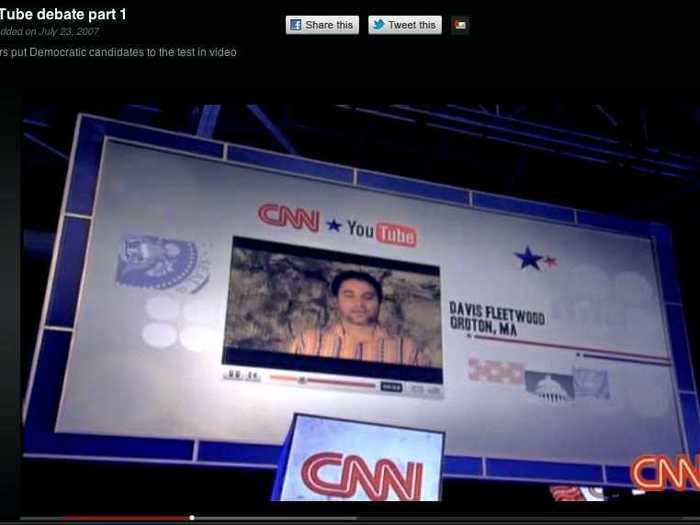
Source: New York Times
August 2007: Google rolls out its first ads on YouTube videos. Instead of an option for traditional pre-video ads, the company chooses a new in-video format featuring semi-transparent banners that pop up on the lower portion of videos, and can be clicked away after several seconds.
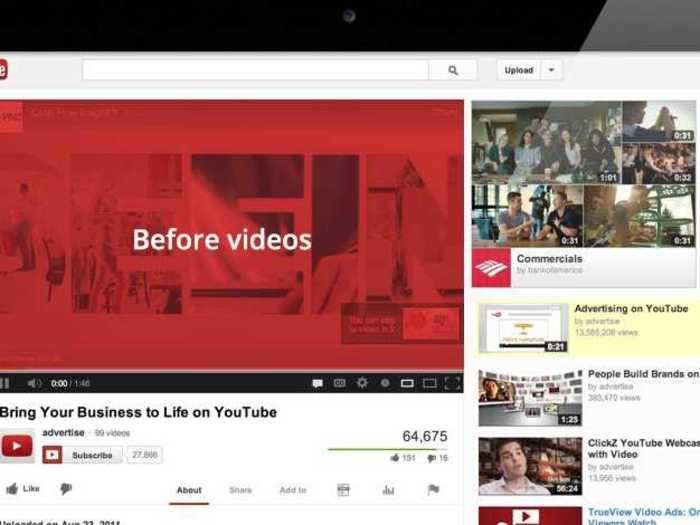
December 2007: YouTube rolls out its "Partner Program" to select creators, allowing them to earn money from their content based on ad revenue. It allows YouTubers to turn their hobby into a career: Not even a year later, the most successful creators were earning six-figure incomes.
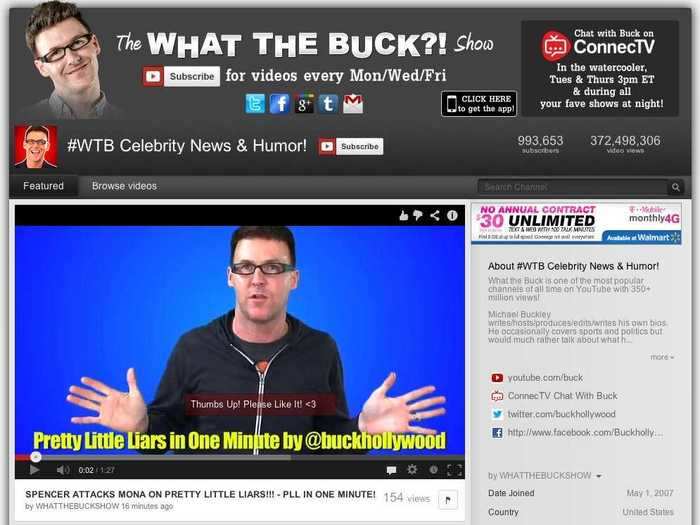
Source: New York Times
September 2008: The viral hit, "Evolution of Dance," becomes the first YouTube video to hit 100 million views. The video turned its star, motivational speaker Judson Laipply, into one of the earliest viral YouTubers.
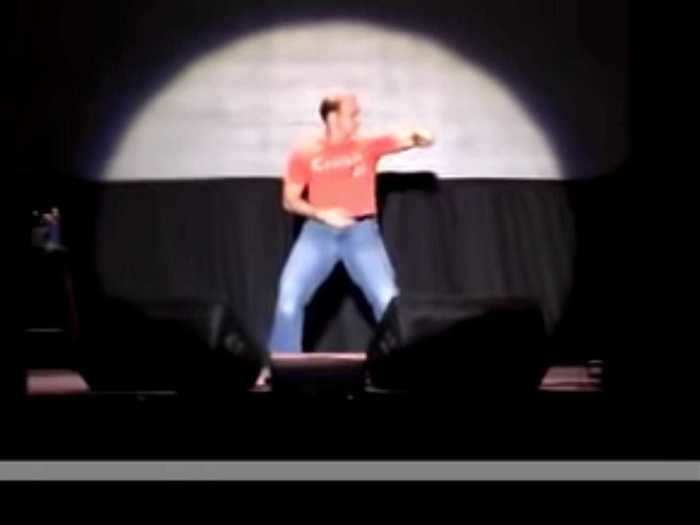
Source: Think With Google
November 2008: YouTube expands its ad offerings to include sponsored videos and pre-roll ads, a format YouTube long said it wouldn't resort to because those ads were too intrusive to the audience. However, the benefits paid to brands and advertisers beat out customer experience in the end.
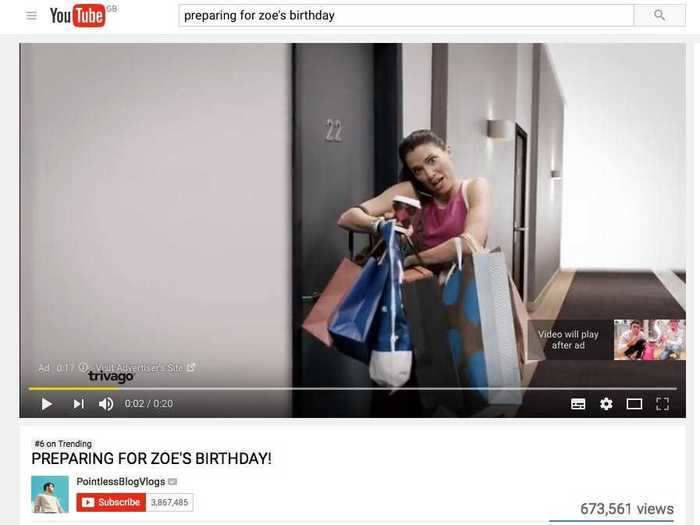
Source: Gigaom, Wall Street Journal
April 2009: Usher introduces 15-year-old Justin Bieber to the world via a video on YouTube. Bieber would release his music video for "Baby" the following year, and it remains one of the most-disliked videos on all of YouTube.
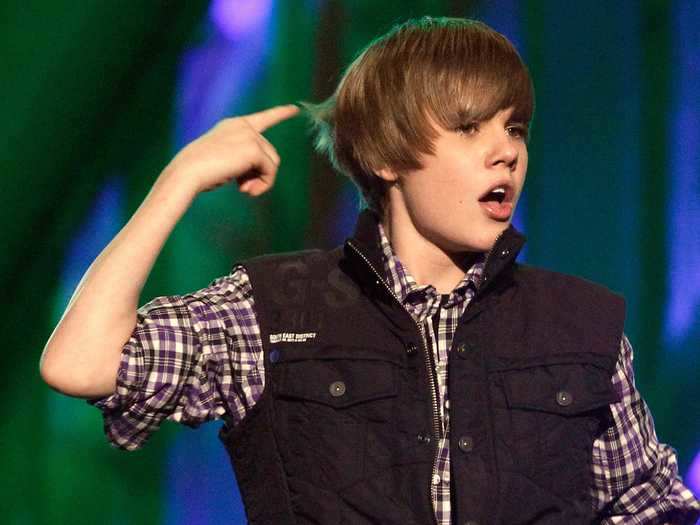
Source: Business Insider
April 2009: YouTube teams up with media company Vivendi. They together launch a new music video service called Vevo, in response to music companies' complaints about piracy and unfair licensing terms. As part of the deal, Vevo can distribute its music videos on YouTube, setting the groundwork for Vevo's massive YouTube presence today.
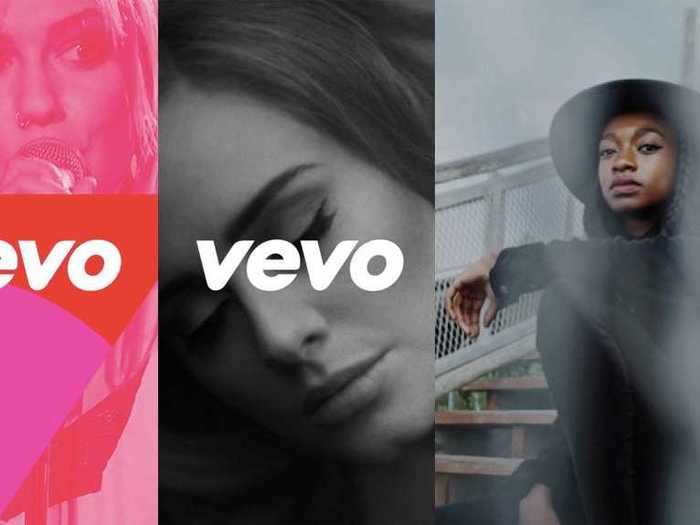
Source: All Things D
October 2009: YouTube reveals that it has surpassed the milestone of 1 billion views a day. By this point, more than 20 hours of video are being uploaded to YouTube every minute.
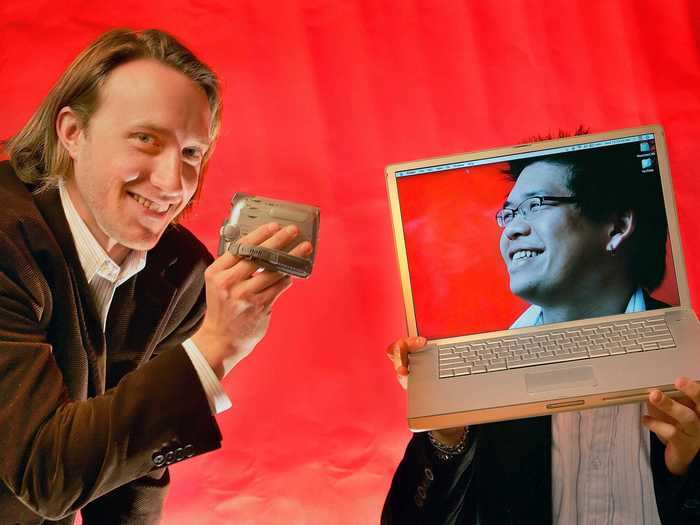
Source: Telegraph
April 2010: Felix Kjellberg joins YouTube to create content under the channel name PewDiePie, where he first provides video-game commentary before expanding into vlogging and internet memes. The YouTuber has since surpassed 100 million subscribers, and is the most-subscribed-to solo creator on the platform today.
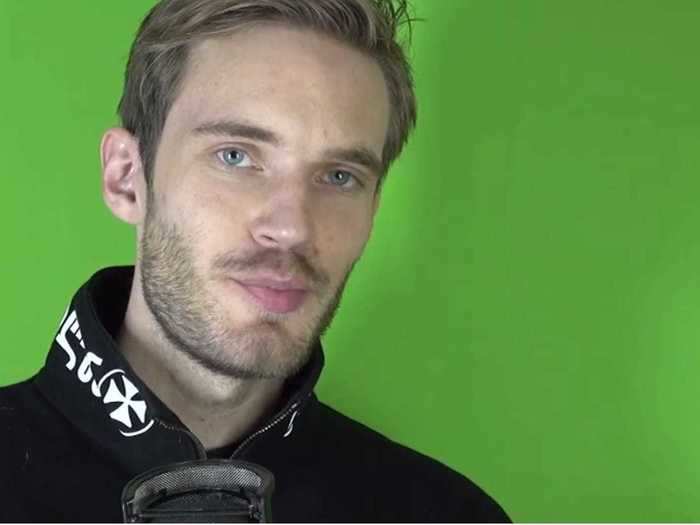
Source: Business Insider
October 2010: Columnist and activist Dan Savage uses YouTube to launch the "It Gets Better" campaign on YouTube to send messages of hope to LGBTQ teenagers who feel bullied or ostracized because of their sexuality. The campaign ends up going viral, and even President Barack Obama participates.
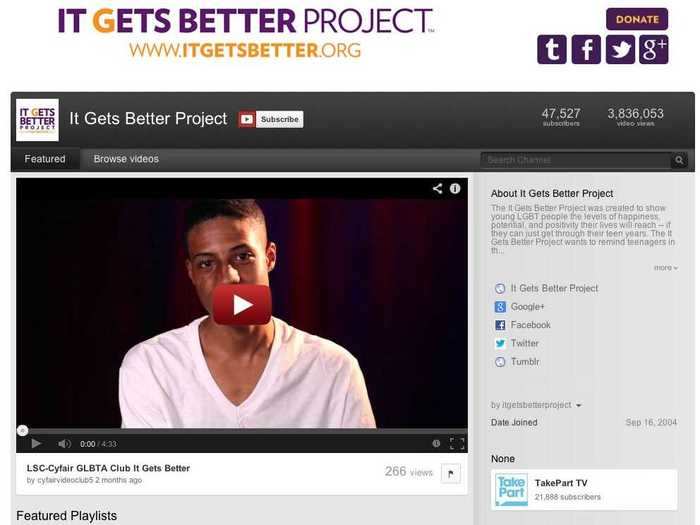
Source: New York Times
October 2010: Hurley, a YouTube cofounder, steps down as CEO. In his place, Google appoints Salar Kamangar, who the company says was already leading YouTube's daily operations for two years prior.
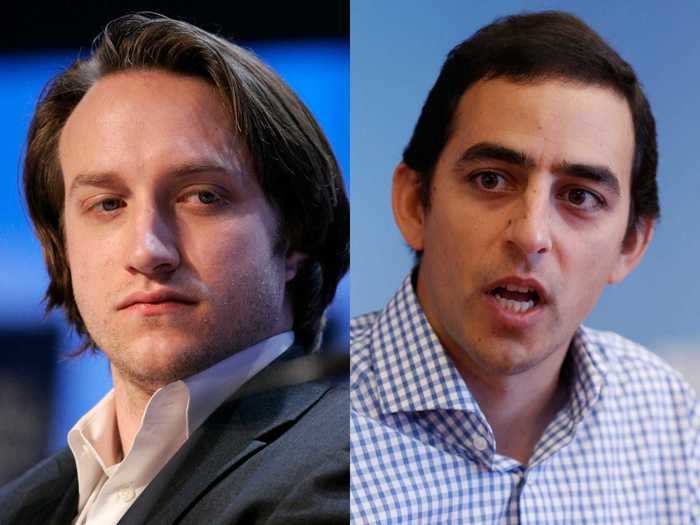
Source: BBC
December 2010: YouTube introduces skippable ads with a format called "TrueView," allowing consumers to skip over ads after five seconds and launch straight into the videos they want to watch.
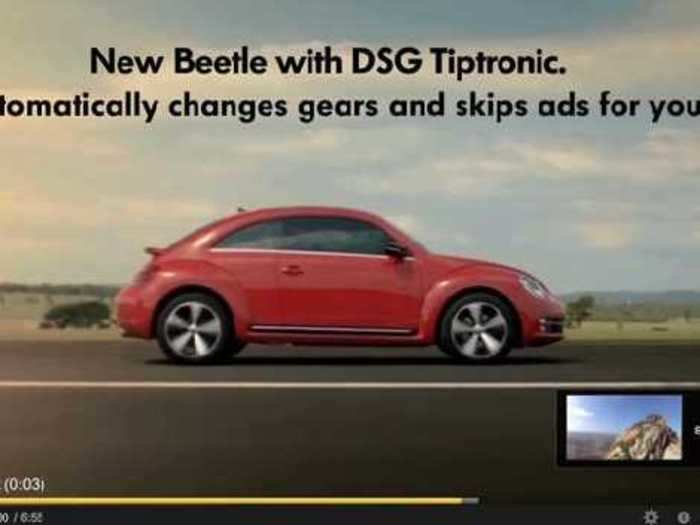
Source: TechCrunch
April 2011: YouTube officially enters the broadcast business with the launch of YouTube Live. YouTube Live has allowed the site to stream all types of content, including concerts, sports games, the royal wedding, and the Olympics.
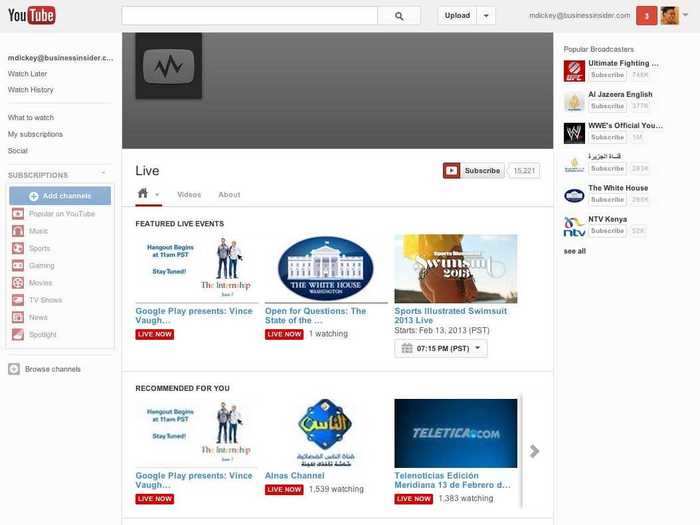
Source: Financial Times
October 2011: YouTube invests $100 million into its first batch of original channels in a push to create original content on the platform. YouTube partners with established brands and major celebrities, a move that creators see as the platform's disregard for their value and influence.
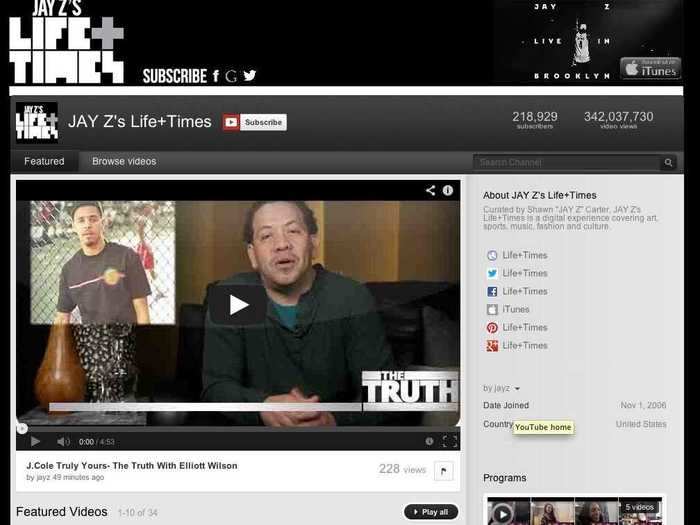
Source: All Things D
May 2011: After a soft launch with indie movies a year earlier, YouTube launches offers a rental service, from which consumers can choose thousands of movies and TV shows to rent and stream directly on the platform. The move is seen as a bid to compete with streaming companies like Netflix and Hulu.
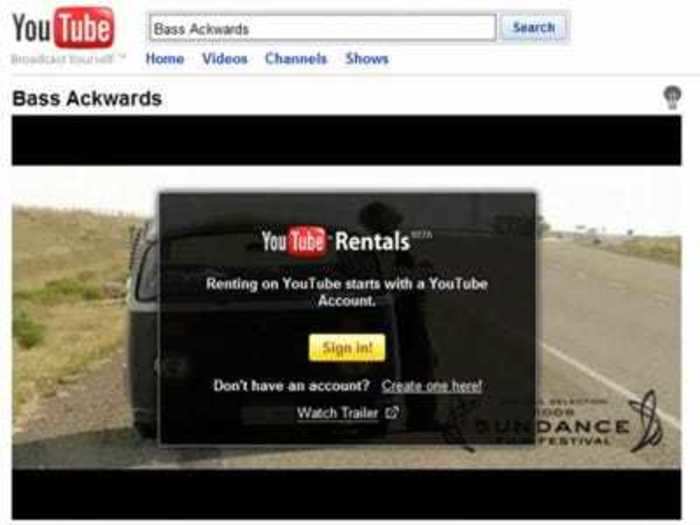
Source: Digital Commerce 360
Spring 2011: YouTube plays an instrumental role in a series of anti-government protests, dubbed the Arab Spring, by helping disseminate messages of freedom and democracy. With YouTube, protesters are able to upload videos sharing their messages and political criticism. Many of those videos end up going viral around the world.

Source: University of Washington
August 2012: YouTube becomes the go-to place for presidential elections by launching the "YouTube Elections Hub." In addition to streaming the live speeches from the Republican and Democratic national conventions, the platform features content from eight news outlets, including YouTube-bred commentator Philip DeFranco.
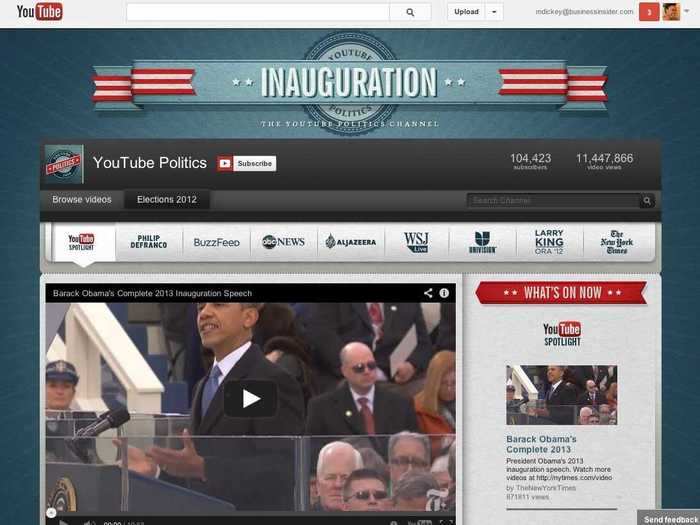
December 2012: The viral video "Gangnam Style" becomes the first YouTube video ever to reach 1 billion views, just five months after it's first posted. The Psy music video later "broke" YouTube's view count tracker, and is still one of the most-viewed videos on all of YouTube.
Source: Billboard
January 2013: YouTube opens "YouTube Spaces" in Los Angeles, Tokyo, London, New York, and Sao Paulo. These spaces function as recording and creating studios for YouTube content creators.

February 2014: Susan Wojcicki — Google's 16th employee who helped convince the company to buy YouTube — is named the new CEO of the video-sharing platform.
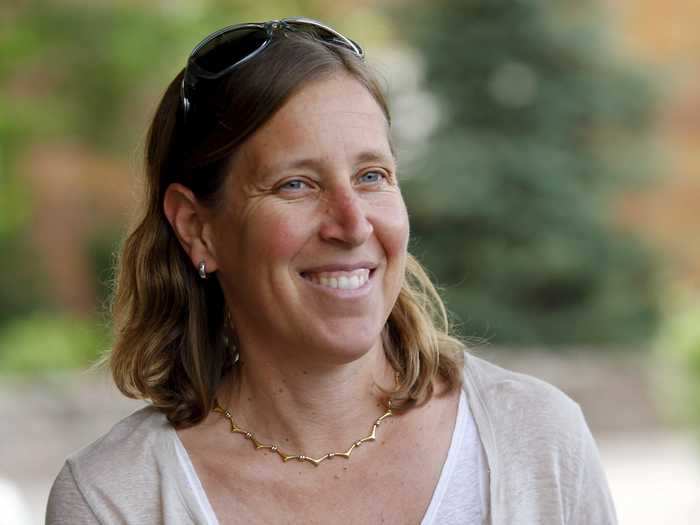
Source: Business Insider
February 2015: After seeing children's content boom, Google launches a "family-friendly" version of the video platform called YouTube Kids. The platform filters content to ensure it's safe for minors, and offers parental controls like limiting screen time and disabling search. Now, YouTube Kids attracts more than 8 million users a week.
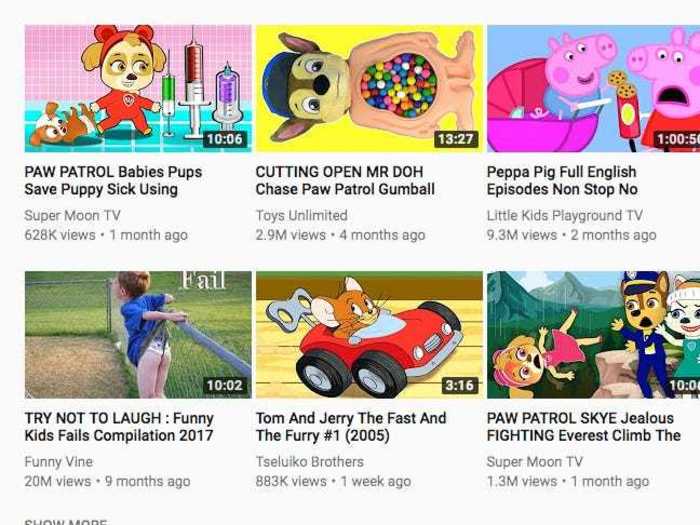
Source: Wired, Tubefilter
August 2015: YouTube Gaming debuts as a way for gamers to livestream their play sessions to a live audience, as well as which interact and chat with fans in real-time. The service is meant to counter Amazon-owned Twitch, the dominant force in the live-streaming market, which Google tried (and failed) to buy a year earlier.
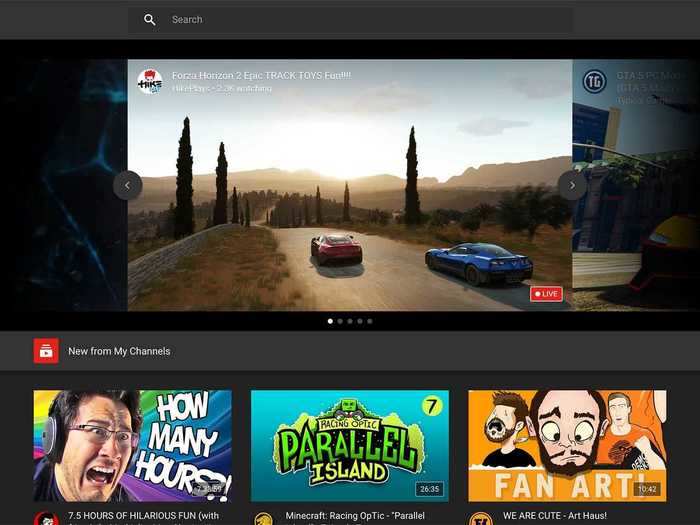
Source: The Guardian
October 2015: YouTube unveils YouTube Red, its subscription service that lets customers watch videos and stream music without ads, as well as access exclusive content featuring major YouTubers. Three years later, YouTube Red is renamed YouTube Premium, and spins off its music-streaming to a separate service called YouTube Music.
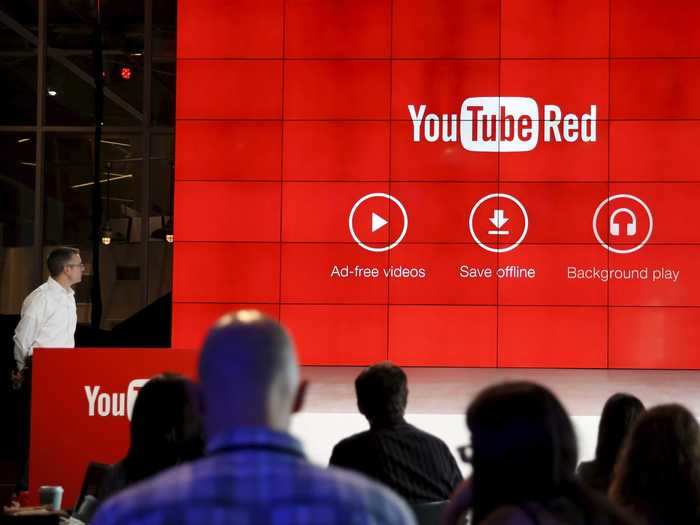
January 2016: The music video for Adele's "Hello" sets a record as the fastest video on YouTube to hit 1 billion views. It takes the British singer just 88 days to reach the milestone and beat the record previously held by "Gangnam Style."

Source: Guinness World Records
August 2016: YouTube starts notifying creators when their videos are demonetized — meaning the platform's algorithm has decided some part of the clip doesn't adhere to "advertiser-friendly content guidelines," so it's ineligible to make money. Although these guidelines have existed since 2012, popular creators take notice of their rising impact. YouTuber Philip DeFranco criticizes demonetization as "a form of censorship."
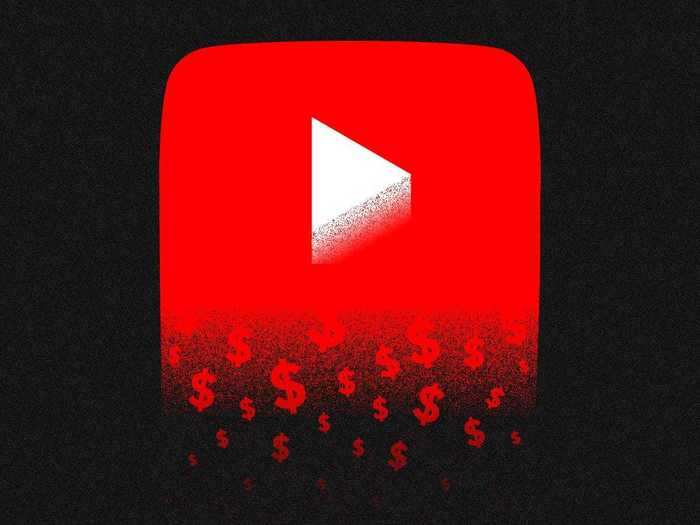
Source: Recode, Business Insider
February 2017: YouTube's biggest star, PewDiePie, is the subject of a bombshell Wall Street Journal investigation that finds nine of his past videos contain "anti-Semitic jokes or Nazi imagery." One of those videos showed two men, paid by PewDiePie, holding up a sign reading "Death to All Jews." Both YouTube and Disney cut ties with him, and he's kicked out of YouTube's top-tier advertising program.
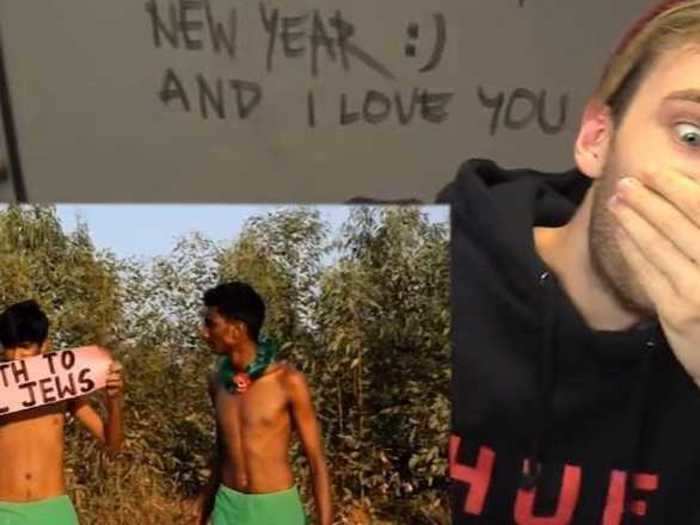
Source: Wall Street Journal, Business Insider
March 2017: Major companies across the US and in international markets — like AT&T, Johnson & Johnson, and the British government — pull their ads from YouTube en masse after the Times of London reports that ads are appearing alongside extremist and offensive content. YouTube's ability to police content is put into question, and analysts estimate the boycott costs the company $750 million.
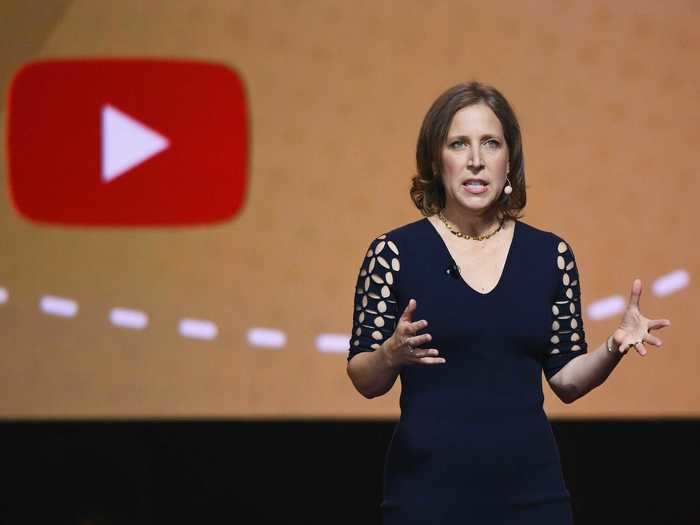
Source: The Verge, Business Insider
April 2017: YouTube makes the first of two major algorithm changes: It put stricter policies on ads, and later revamped its Partner Program to raise the requirements of eligibility for money-generating channels. These changes, along with the advertiser boycott, help kick off YouTube's first "Adpocalypse," a term creators coined for the massive slowdown in revenue they noticed.
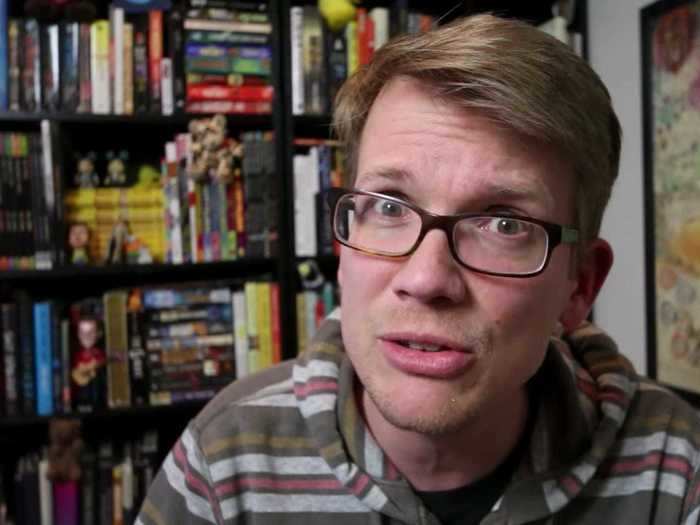
Source: AdAge, New York Times
April 2017: YouTube TV, an on-demand streaming service, officially launches in select markets. It'll be another two years before the service goes nationwide, and the price jacks up to $50 a month.
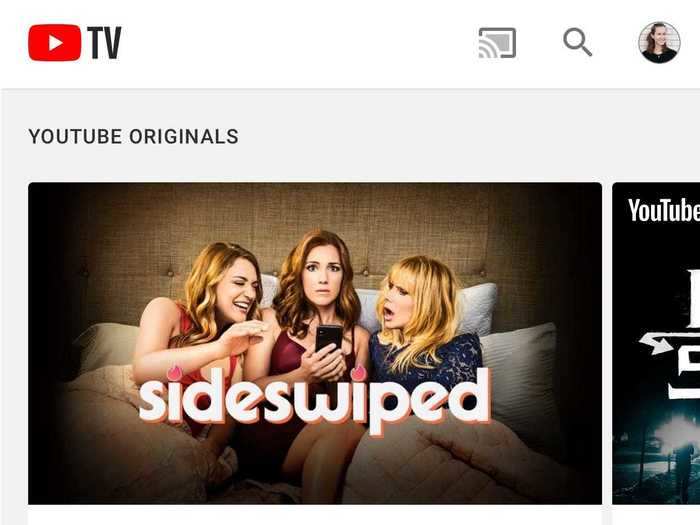
Source: The Verge, Business Insider
November 2017: Across YouTube and YouTube Kids platforms, users find regarding family-friendly videos containing disturbing and abusive content. Even more advertisers pull their ads, and YouTube responds by updating its policies around age-restricted content.
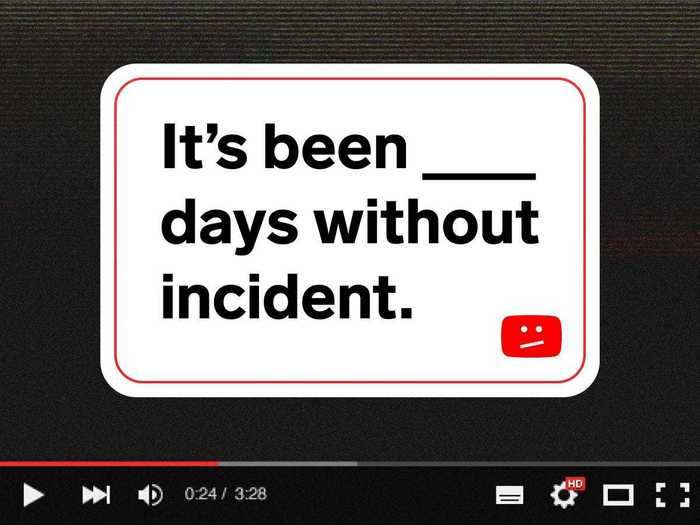
Source: The Verge, New York Times
December 2017: YouTube Logan Paul posts a video of him and friends discovering and filming a dead body in Japan's so-called "suicide forest." Outrage over the video is harsh and swift. Although Paul isn't banned from YouTube, he's removed from its top-tier ad revenue program. He apologizes, and is still one of YouTube's most controversial stars.
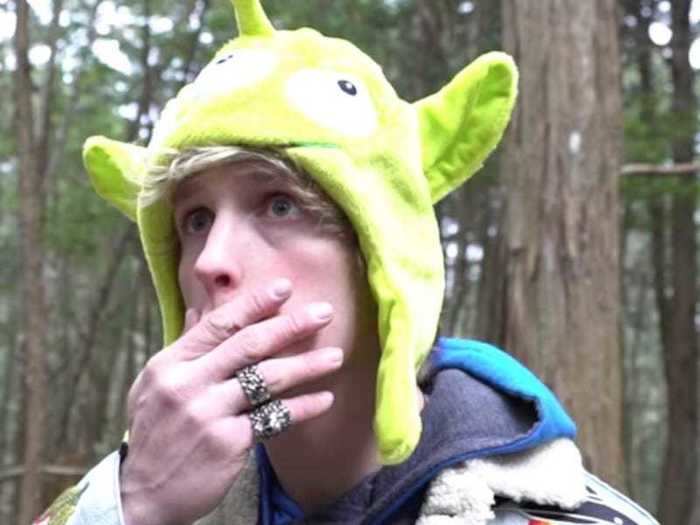
Source: Business Insider
April 2018: A woman opens fire at YouTube's San Bruno headquarters, wounding three people and killing herself. Police later say she planned her attack because she was upset about YouTube for censoring and demonetizing her videos.
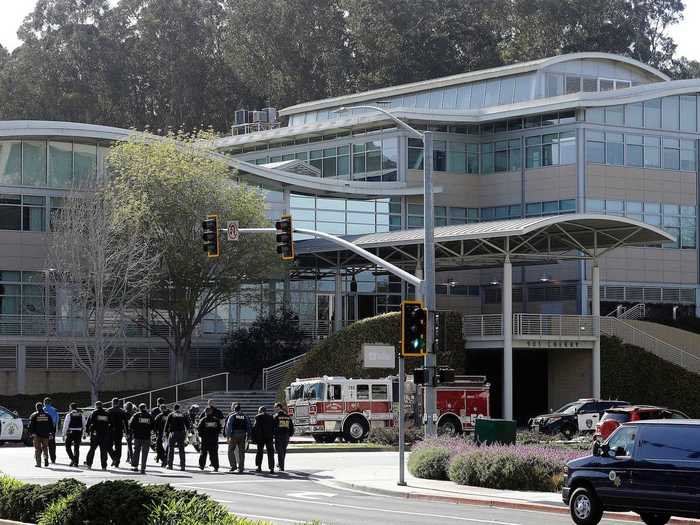
Source: NPR
February 2019: YouTuber Matt Watson exposes a "soft-core pedophilia ring" living in the comments on YouTube videos featuring children, where pedophiles trade remarks and links. Another exodus of advertisers occurs, and YouTube responds by disabling comments on videos featuring children.
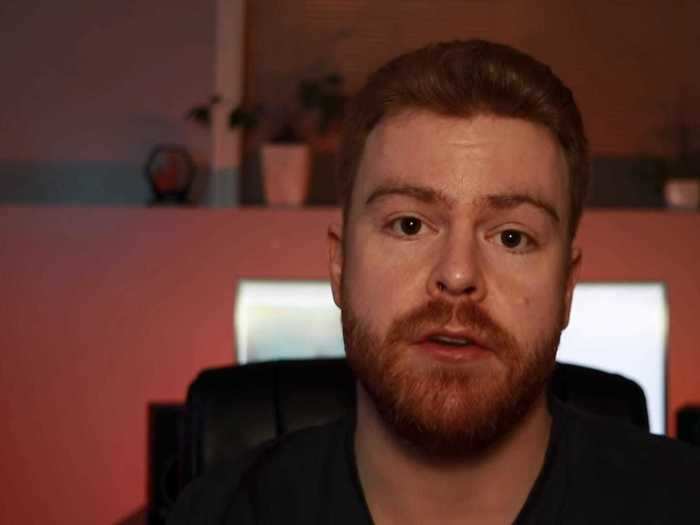
Source: Variety, YouTube Blog
May 2019: T-Series, a Bollywood music label, becomes the first YouTube channel to hit 100 million subscribers. It beats out PewDiePie, the 2nd most popular channel, for the achievement.

Source: Business Insider
June 2019: Vox reporter Carlos Maza speaks out about YouTube's failure to take action against right-wing YouTuber Steven Crowder, who was harassing Maza with homophobic and racist remarks in YouTube videos. YouTube rules Crowder's videos don't violate harassment policies and keeps his video online, a decision that prompts backlash from the public and from employees inside YouTube.
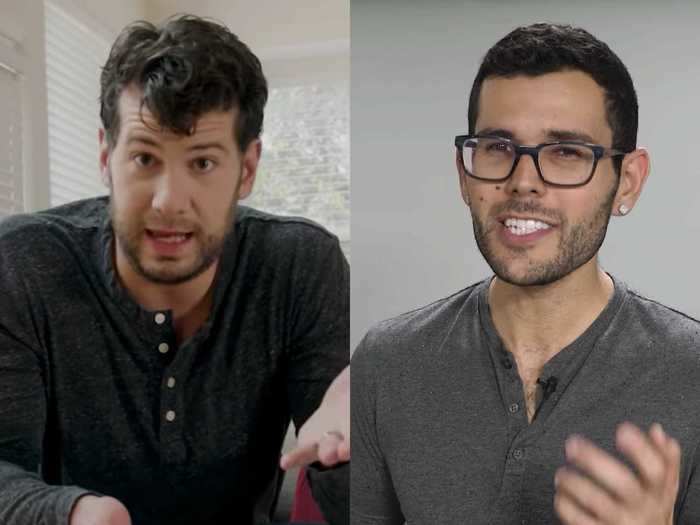
Source: Business Insider
September 2019: The Federal Trade Commission fines YouTube $170 million following an investigation into whether the platform violates children's privacy laws by collecting the data of children under the age of 13 without their parents' consent. The FTC settlement also requires YouTube to create a system where creators flag their content as family-friendly.

Source: Business Insider
December 2019: Six months after the Maza-Crowder controversy, YouTube updates its harassment policy to ban content that "maliciously insults" others — from creators to public figures — on the basis of race, gender, and sexual orientation. The policy also targets sustained harassment campaigns. However, the revamped policy has led creators to worry about a crackdown on popular types of videos (like commentary and drama) and stoked fear of another Adpocalypse.
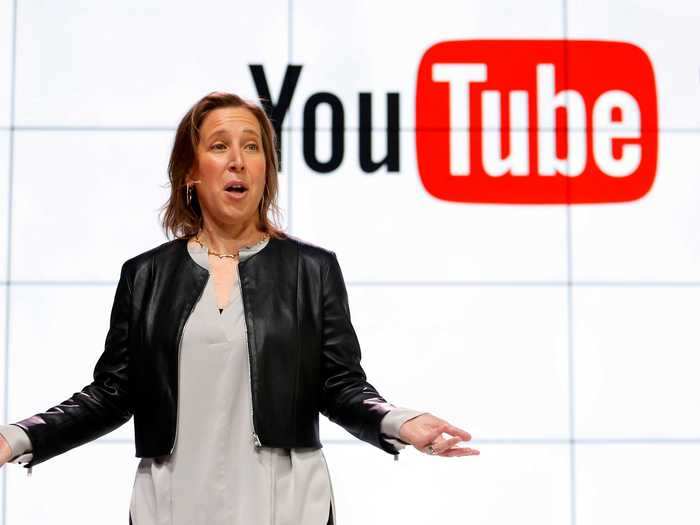
Source: The Verge
February 2020: For the first time since YouTube was acquired 14 years ago, Google breaks out the video platform's ad revenue. YouTube generated $14 billion in 2019, 9% of parent company Alphabet's total ad revenue.
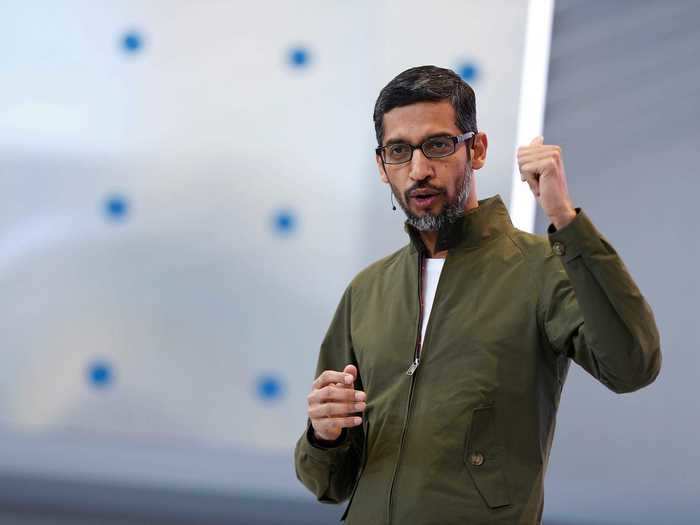
Source: Business Insider
Nathan McAlone contributed to an earlier version of this report.
READ MORE ARTICLES ON
Popular Right Now
Advertisement
